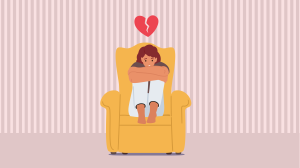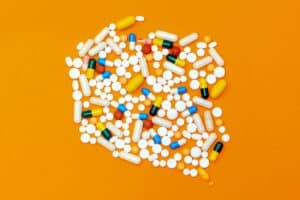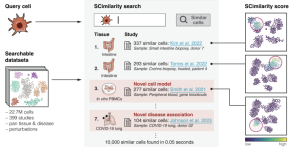My Mom, My Sister and I All Have a BRCA2 Gene Mutation
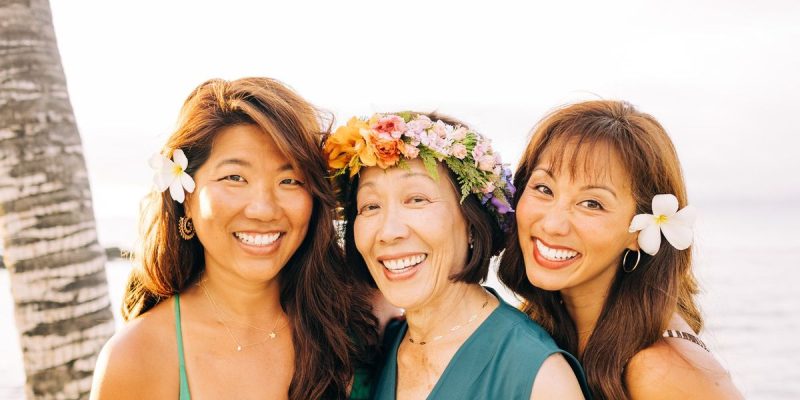
As told to Erica Rimlinger
When my sister received a diagnosis of stage 2 breast cancer, she — and all of our family members — were shocked. She was healthy. She was young, in her early forties. There was no family history of breast cancer. But our initial shock would be followed by a series of aftershocks that would affect the entire family.
Because of my sister’s age at diagnosis, her medical team recommended she get tested for genetic mutations, including BRCA gene mutations, which are associated with certain cancers, including breast, ovarian and prostate cancers. She tested positive for a BRCA2 gene mutation, which meant it could be passed to other members of the family. Did the rest of us carry the gene mutation, too? Did we want to know?
My mom and I chose to get testing, and both of us had a BRCA2 gene mutation. Again, the shockwaves rippled through the family. Over the course of several years, 13 family members chose to do genetic testing. Eleven of us tested positive for the mutation, including some who are male.
At the time, I was 37 years old and breastfeeding my baby. It was a particularly difficult time for me to learn I needed earlier and more frequent mammograms because I’d have to stop nursing my son to get an accurate result. My husband and I also hoped to have a second child, and knowing I carried a BRCA2 gene mutation forced us to think about issues like passing the gene on or possible future surgery. In addition to increasing breast cancer risk, this mutation is associated with an increased risk of ovarian cancer, a cancer that’s difficult to detect because it often doesn’t cause any symptoms before it spreads.
Still, even though the results complicated my plans, I felt testing gave me the knowledge to make important decisions about my healthcare and handle my risk before a medical emergency struck. My sister wasn’t given that luxury. She didn’t know she carried the gene until she had stage 2 breast cancer.
My mom had always had yearly mammograms. But with her BRCA2 gene mutation, her healthcare providers recommended she alternate between getting a mammogram and an MRI every six months. Just a few months after my sister’s diagnosis, my mother’s medical team found she had Stage 0, DCIS, a non-invasive or pre-invasive breast cancer.
It seemed unbelievable. She’d lived so long without knowing she had an elevated cancer risk. And just as she found out, cancer had already begun in its earliest stages. Her diagnosis helped her and her care team plan the best course of action. Her cancer treatment was followed by a salpingo-oophorectomy, which removed her ovaries and fallopian tubes to prevent her from getting cancer in those areas.
As I was helping my sister and mother cope with their treatments, I thought about my own health decisions. The question of whether or when my husband and I could try to have a second baby loomed large. Mammograms aren’t routinely performed during pregnancy and are less accurate during breastfeeding. I knew I couldn’t go years without screening. My sister’s stage 2 cancer had appeared six months after a clean mammogram. I decided to use the information I’d gotten from my genetic testing to take steps to protect my health.
I scheduled a double mastectomy for the first week of January 2019. Three days after the surgery, my surgeon called and told me I’d made the right choice. The medical team had found cancer. Like my mother’s cancer, mine was stage 0.
Knowledge of my BRCA2 gene mutation gave me the best-case scenario in a worst-case situation. My cancer was removed before I knew I had it. Knowing my BRCA status allowed me to make important decisions about my treatment.
However, I had more to consider. I worried about putting off my recommended ovarian surgery until after another potential pregnancy. What if it took a long time to get pregnant? What if I passed on my gene mutation? My doctor advised me to take the time and space I needed to heal, to feel what I needed to feel, and to make the decisions that felt right for me.
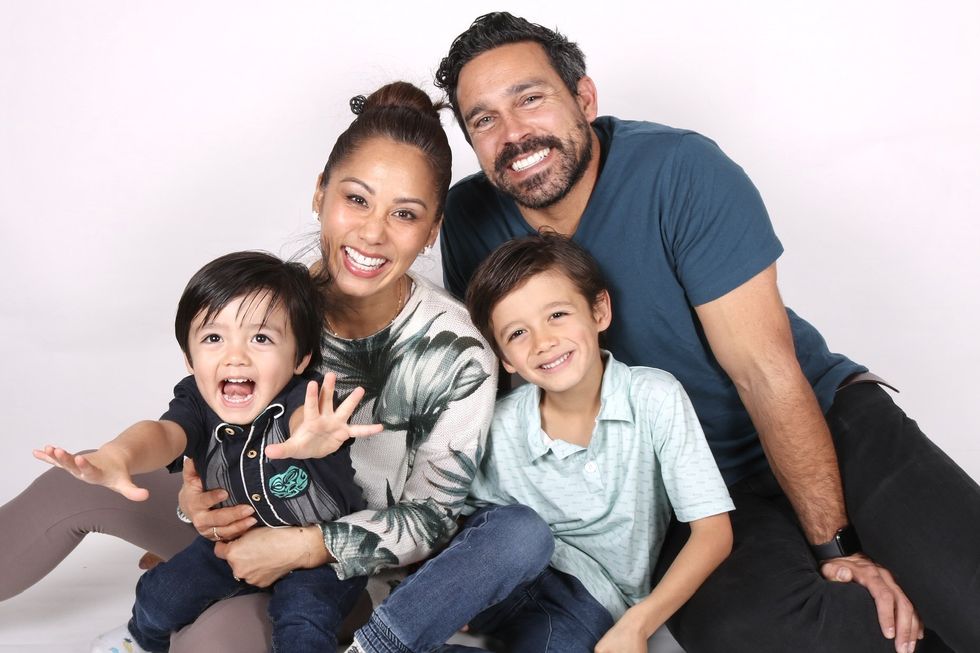
We were lucky, and I got pregnant quickly with our second son, just after the pandemic began. Several months after his arrival, I arranged for the final surgery that would eliminate the most pressing risk of having a BRCA2 gene mutation: a salpingo-oophorectomy. The most stressful part of this consideration was knowing I wouldn’t be able to carry my baby while recovering from surgery. I had flashbacks to when I couldn’t carry my first son after my double mastectomy and reconstructive surgeries.
Even while I was stressed about family planning, I knew the knowledge of my BRCA2 gene mutation was a gift beyond measure. The gift of knowledge allowed my mom and me to find our cancers early and have a tailored treatment plan outlined by our healthcare provider. We had time and options on our sides. Knowledge empowered us to take action for better outcomes, both before and after we were diagnosed with cancer.
We can’t choose our genes, but we can choose to listen to what they’re telling us. I don’t know if many people would call a family with so many BRCA2 gene mutations fortunate, but I think we’re incredibly lucky. We’re fortunate to live in a time when we can understand what our genes are telling us. We’re fortunate to have choices about our health and our preventive care. Most of all, we’re fortunate to have each other for support as we face this challenge together. BRCA2 gene mutations and breast cancer sent shockwaves through our lives, but facing those waves strengthened our bond and brought us closer together.
Visit beBRCAware.com to learn how genetic testing can provide important information about cancer risk and help you make treatment decisions after a diagnosis.
This educational resource was created with support from AstraZeneca and beBRCAware.com.
Have your own Real Women, Real Stories you want to share? Let us know.
Our Real Women, Real Stories are the authentic experiences of real-life women. The views, opinions and experiences shared in these stories are not endorsed by HealthyWomen and do not necessarily reflect the official policy or position of HealthyWomen.
From Your Site Articles
Related Articles Around the Web

